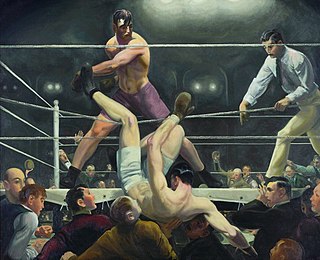 W
WAmerican Realism was a style in art, music and literature that depicted contemporary social realities and the lives and everyday activities of ordinary people. The movement began in literature in the mid-19th century, and became an important tendency in visual art in the early 20th century. Whether a cultural portrayal or a scenic view of downtown New York City, American realist works attempted to define what was real.
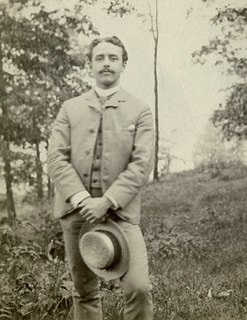 W
WWilliam Bliss Baker was an American artist who began painting just as the Hudson River School was winding down. Baker began his studies in 1876 at the National Academy of Design, where he studied with Bierstadt and de Haas. He later maintained studios in Clifton Park, New York; and New York City, where he painted in oils and watercolors. He completed more than 130 paintings, including several in black and white.
 W
WLeigh Behnke is an American painter based in Manhattan in New York City, who is known for multi-panel, representational paintings that investigate perception, experience and interpretation. She gained recognition in the 1980s, during an era of renewed interest in imagery and Contemporary Realism.
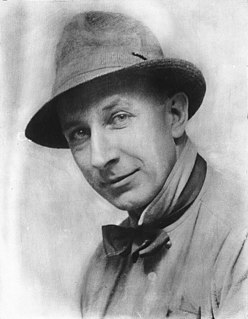 W
WGeorge Wesley Bellows was an American realist painter, known for his bold depictions of urban life in New York City. He became, according to the Columbus Museum of Art, "the most acclaimed American artist of his generation".
 W
WRobert Brackman was an American artist and teacher origin, best known for large figural works, portraits, and still lifes.
 W
WC.K. Chatterton (1880–1973) was an American artist whose oils, watercolors, and gouaches, painted in realist style, showed the houses and streets of villages, towns, and harbors of upstate New York and the Maine coast. Critics said his work possessed directness and candor as well as an ability to capture the play and pattern of light. One of them praised his "power to find in narrow streets with trolley cars and railway culverts something stimulating in design and warm with a sense of human living." His paintings were, another wrote, "smiling without falsification of sentimentality."
 W
WBruno Civitico was an Italian-born American painter, draughtsman and teacher. He is widely considered to be "a major player in the development of Classicism," and "one of the most important artists of the Neoclassical Figurative revival movement."
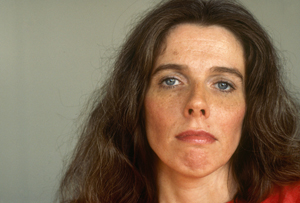 W
WManon Cleary was an American artist active in Washington, D.C. who specialized in photo-realistic paintings and drawings. She often created works that studied the human form and light, and many of her works were inspired by events in her life.
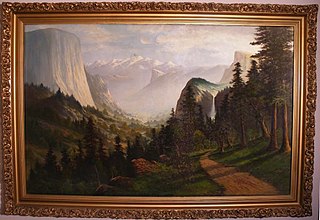 W
WJohn Englehart or Joseph John Englehart (1867–1915), was an American landscape painter who worked under a number of pseudonyms. Englehart was born on June 14, 1867 in Chicago, Illinois, and died on April 14, 1915 in Oakland, California.
 W
WEdward Everett was an Anglo-American artist.
 W
WDavid Fairrington is an American artist. Mostly associated with his realistic portraits, Fairrington paints a variety of subjects including landscapes, still life, and western art in a range of styles including abstract, conceptual, fantasy, figurative, impressionist, pop art and romantic. He attributes artist John Singer Sargent and famed illustrator Norman Rockwell as significant influences in his work.
 W
WAllan Gorman is a visual art professional born in Brooklyn, New York, best known for his photorealistic paintings of objects within the industrial milieu, spanning from civil engineering structures to sophisticated mechanical devices and vehicles. Gorman's art work has been widely exhibited throughout the United States. He is also a former advertising executive, brand marketing educator, and consultant.
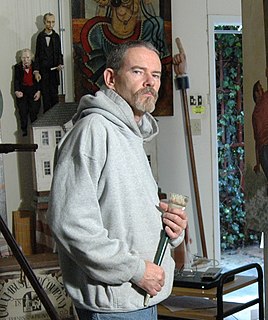 W
WF. Scott Hess is an American painter and conceptual artist. He has described himself as a "reluctant realist" whose work is nevertheless grounded in Old Master craft and the representation of observed detail.... Art critic Donald Kuspit suggests, "Hess uses profane realism to represent the sacred moments of life, for he knows we live in a profane world with little or no sense of the sacred, let alone of the sacredness of art".
 W
WEdward Hopper was an American realist painter and printmaker. While he is widely known for his oil paintings, he was equally proficient as a watercolorist and printmaker in etching. Both in his urban and rural scenes, his spare and finely calculated renderings reflected his personal vision of modern American life.
 W
WWilliam Morris Hunt, American painter, was born at Brattleboro, Vermont, to Jane Maria (Leavitt) Hunt and Hon. Jonathan Hunt, who raised one of the preeminent families in American art. William Morris Hunt was the leading painter of mid-19th-century Boston, Massachusetts.
 W
WRobert Jessup is an American painter. Creating abstract works since 2011, he painted figuratively for most of his career, particularly large triptychs.
 W
WJulia Cornelia Slaughter was an American artist and community leader. She started her career as a painter in England, creating portraits and landscapes in oil, watercolor, and pastel. Later, she focused on still-lifes and landscapes. In about 1876, she moved to New York and exhibited in major city exhibitions, including the National Academy of Design, American Art Association, and Society of American Artists. Slaughter spent some time in San Francisco and arrived to Tacoma in 1891, where in later years she was highly esteemed in social and art circles.
 W
WRockwell Kent was an American painter, printmaker, illustrator, writer, sailor, adventurer and voyager.
 W
WBill Martin was a realist and visionary artist. "Bill Martin's images possess an inexplicable compelling power," wrote Walter Hopps, the Smithsonian Institution's Curator of the 20th Century American Art Collection.
 W
WJohn Marcy Mecray was an American realist painter best known for his marine art.
 W
WFrancis James Quirk was an American artist, educator, museum curator and TV personality. He is best known for his paintings of Edgar Lee Masters and Carl Sandberg, as well as his affiliation with Lehigh University as a professor and curator.
 W
WGainor Elizabeth Roberts was an American artist known for her still life and landscape paintings that explore color, forms, and symbolism. A classically trained artist in the realist tradition, Roberts used impressionist brush techniques and intense color. She worked in egg tempera, oil, pastel, watercolor, and monotype. She also was a graphic designer, a web designer, and a sculptor.
 W
WStephen Cornelius Roberts is an American painter best known for his painting series of eight murals in the Memorial Chamber of the Nebraska State Capitol.
 W
WJames N. Rosenberg (1874–1970) was an American lawyer, artist, humanitarian, and writer. In law, he is remembered for his handling of the collapsed business empire of the so-called "Swedish Match King," Ivar Kreuger. In art, he is remembered for two types of pictures, on the one hand, realist landscapes of the Adirondack Mountains in which critics saw a strong feeling for nature and a refined rather than exuberant sensibility, and on the other, dramatic scenes that, as one critic said, "recall the Wall Street crash of 1929, the triumph of 'Ironism' in his native Pittsburgh and the potential terror of 'atomism' in the nuclear age." As a humanist, he worked to protect freedom of speech, end the persecution of minority communities, aid refugees, and mitigate conflict among nations. In this work, he is remembered for leading a group of civic, religious, labor, racial, and business leaders whose single goal was the passage and subsequent ratification of the United Nations Genocide Convention.
 W
WBernard Safran was an American painter known for his realistic portraits and scenes of everyday life in New York and in rural Canada. He created many portraits for Time magazine covers, with subjects that included Elizabeth II, Pope John XXIII, Dwight D. Eisenhower, John F. Kennedy, Lyndon B. Johnson and Richard Nixon.
 W
WHarry Shokler (1896–1978) was a 20th-century American artist known for his oil paintings and screen prints. Using a realist approach that produced what one critic called an "exactness of rendition", he made colorful landscapes, cityscapes, and marine scenes as well as some notable portraits. He helped pioneer silkscreen printmaking in the 1930s and wrote an influential guide explaining and demonstrating the method. He gave few solo or small group exhibitions in commercial galleries and showed his work mainly from his own studio and in non-profit venues.
 W
WJohn Paul Strain is an American artist, specializing in art depicting American history. He creates hyper-realistic paintings of patriotic historical scenes, such as the American West, Civil War and D-Day, that are exhibited or used by institutions such as the US military, US Park Service and others. He has been compared as inheriting the mantle of 19th-century print makers such as Currier & Ives and Louis Prang.
 W
WHenry Ossawa Tanner was an American artist and the first African-American painter to gain international acclaim. Tanner moved to Paris, France, in 1891 to study, and continued to live there after being accepted in French artistic circles. His painting entitled Daniel in the Lions' Den was accepted into the 1896 Salon, the official art exhibition of the Académie des Beaux-Arts in Paris.
 W
WIrving Ramsey Wiles was an American artist, born in Utica, New York.
 W
WAndrew Newell Wyeth was a visual artist, primarily a realist painter, working predominantly in a regionalist style. He was one of the best-known U.S. artists of the middle 20th century.